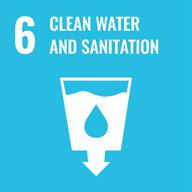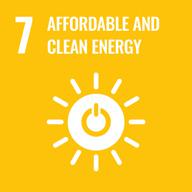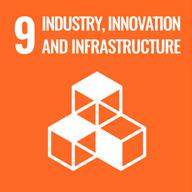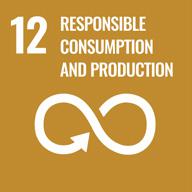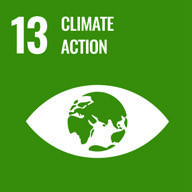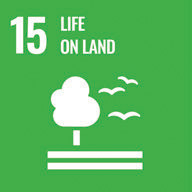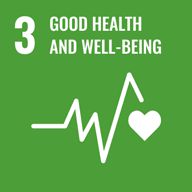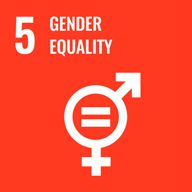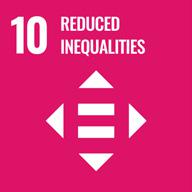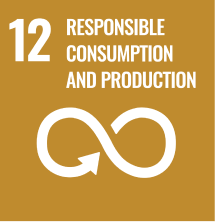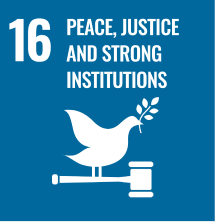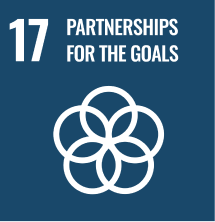Sustainability
Strategies & Goals
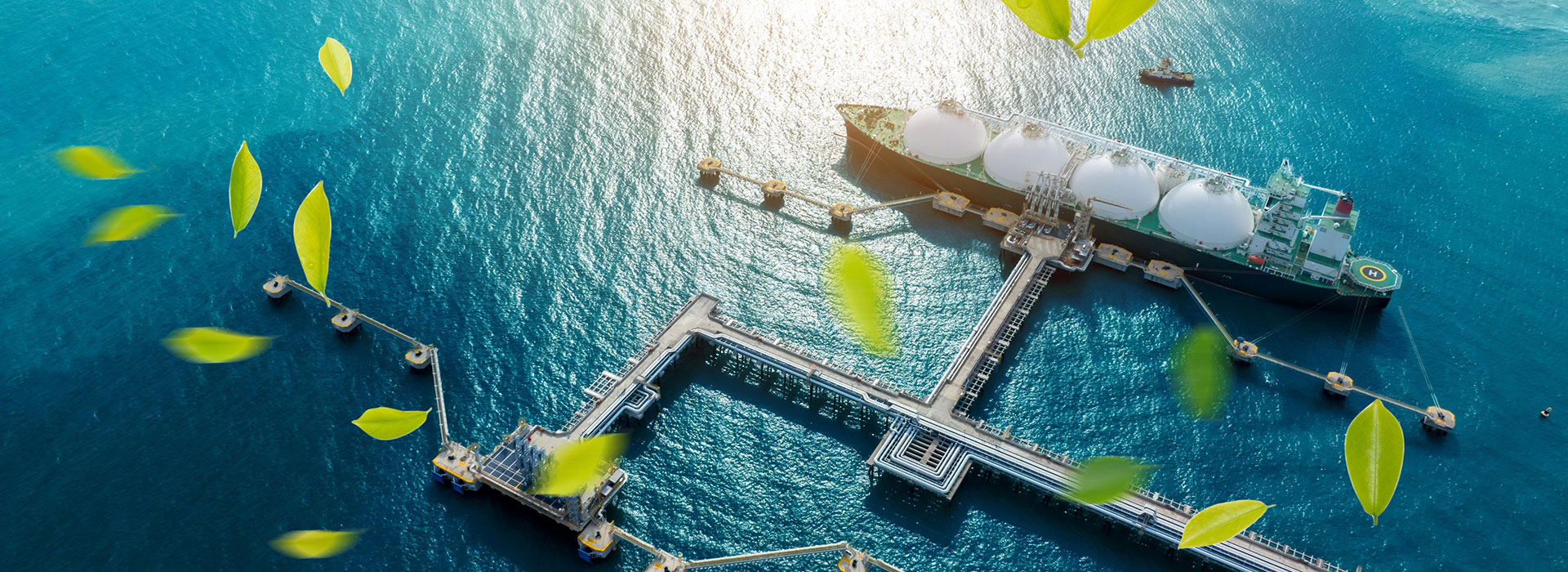




Our Business Pillars
Tru-Marine is renowned for providing exceptional MRO solutions, combining extensive expertise with a comprehensive range of services — from routine overhauls and reconditioning to emergency repairs. We take pride in our capabilities, which are founded on the core pillars of our business.
For over 48 years, our business premise has been one that promotes repair versus replacements, so as to the extend the useful life of turbochargers. This has earned us the authority in turbocharger MRO for all service calls in emergency, routine overhaul and docking situations. We conduct our MRO responsibly to assist our customers in reducing emissions through increasing the efficiency of their turbochargers.
Our reclamation efforts date back over three decades, which are both in-house and in collaboration with our local research institutes.
Since 2011, we took further steps towards establishing value-retention processes together with the Center for Remanufacturing and Resource Recovery at the Rochester Institute of Technology, USA.
In 2012, we played host as a facility showcase to the Asia-Pacific Economic Cooperation (APEC) Market Access Group Workshop on Remanufacturing Research and Development in APEC Economies.
We strive to transit from a Linear to a Circular Model that is sensitive to the impact of climate change.
In doing so, we aim to achieve the positive outcomes of
• Reducing waste and pollution
• Keeping materials and products in use longer
• Regenerating natural system
The TruCare predictive maintenance system allows ship owners and operators to reduce carbon, improve care for assets and crew, and save costs, using TruCare’s advanced AI analytics, physics-based modeling, and powerful heuristics gained from our domain expertise and extensive research and testing.
Our ESG Timeline
1
Preparation
- Application for grant from Enterprise SG
- Training of senior leadership on essentials for ESG
- LCA training by SIMTech
- Engagement of DNV as ESG consultant
2
Planning
- How to report sustainability in context to industry
and location - Establishing sustainability team and governance
structure - Devising organizational sustainability goals and plans
- Determining reporting method, framework and scope
3
Materiality Assessment
- Stakeholder engagement
- Identifying and prioritizing material ESG factors
- Seeking board/senior management agreement on material factors
4
Data Collection
- Establishing system for performance data and information collection
- Setting up internal analysis and verification system
5
Target Setting
- Establishing Policies, Practices and KPIs foreach material for ESG Factor
- Setting short-and-longterm targets
6
Reporting
- Drafting sustainability report in line with regional requirements and Global framework selected
7
Assurance
- Obtaining independent external Assurance
8
Continuous Improvement
- Regular review and analysis of ESG Goals
Material Matters
Under the guidance of DNV, we have identified material topics that provide insight into our stakeholder concerns as well as the internal and external risk factors that impact our business. We have in place our ESG framework, key initiatives, fact-based KPIs, as well as a roadmap for continuing efforts and relevant ISO certifications.
Our initiatives and efforts are also informed by the United Nation’s Sustainable Development Goals and seek to contribute to the relevant goals.


















Environment
We strive to bring out the best in our people by investing in their professional development and well-being
| Topic | Target |
|---|---|
| Energy & Water Management | Reduce water and energy consumption across all operations by 15% by 2030 through efficiency improvements, renewable energy adoption, and sustainable water recycling initiatives. |
| Waste & Pollution | Implement waste reduction strategies to achieve a 30% decrease in non-recyclable waste by 2030, while ensuring responsible disposal and minimizing emissions from operations. |
| Product Use & End of Life | Promote circular economy practices by increasing remanufacturing efforts, extending product life cycles, and ensuring at least 50% of materials are recyclable by 2030. |
| Sustainable Procurement | Source at least 30% of materials and services from environmentally responsible suppliers by 2025, prioritizing low-carbon and ethically sourced options. |
Relevant Links:
1.Supplier Code of Conduct File
Social
| Topic | Target |
|---|---|
| Professional Development | Provide ongoing training and career advancement opportunities, ensuring that 100% of employees have access to skill development programs by 2025. |
| Community Engagement & Corporate Social Responsibility | Support local communities through volunteer programs, partnerships, and funding initiatives, aiming for at least 100 volunteer hours annually by 2026. |
| Employee Safety Wellness | Foster a safe and healthy workplace by implementing comprehensive wellness programs and achieving a zero-incident workplace safety target by 2026. |
Relevant Links:
1. Employee Handbook
2. Diversity, Equity & Inclusion
3. Whistleblowing Policies
Governance
We drive high standards of governance underpinned by strong corporate governance, transparency and accountability in our actions
| Topic | Target |
|---|---|
| Product Quality & Service Responsibility | Ensure 100% compliance with industry standards and best practices, implementing continuous improvements to enhance product quality and customer satisfaction. |
| Governance | Uphold transparency and ethical decision-making by strengthening compliance frameworks, aiming for full adherence to regulatory and internal governance policies. |
| Information Management | Enhance data security and privacy by implementing robust cybersecurity measures, ensuring 100% compliance with data protection regulations by 2026. |

